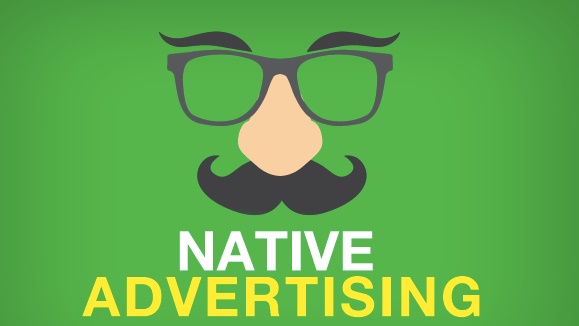FTC Addresses Nativ(ity) Advertising Just in Time For Xmas
 On Tuesday, the FTC issued an Enforcement Policy Statement on Deceptively Formatted Advertisements -- a/k/a "native advertising", along with guidelines for businesses. Simply put, native advertising is generally advertising that takes the form and style of the platform in which it appears in order to promote a product. Think of a BuzzFeed quiz on "5 Random Questions To Determine What Type of Sandwich You'd Be if You Were Reincarnated" that just happens to be sponsored by Subway.
On Tuesday, the FTC issued an Enforcement Policy Statement on Deceptively Formatted Advertisements -- a/k/a "native advertising", along with guidelines for businesses. Simply put, native advertising is generally advertising that takes the form and style of the platform in which it appears in order to promote a product. Think of a BuzzFeed quiz on "5 Random Questions To Determine What Type of Sandwich You'd Be if You Were Reincarnated" that just happens to be sponsored by Subway.
In general, the FTC wants to make sure that consumers know that advertisements and promotional messages are just that, and do not imply or suggest that they're independent, impartial, or from a source other than the sponsoring advertiser. The FTC's expressed watchword is transparency.
Best practices include:
Placement
- Place disclosures on the main page of a publisher site where consumers will notice them and easily identify the content to which the disclosure applies. That is, the disclosure that an ad is commercial content should appear near the ad's focal point.
- Place disclosures in front of or above the headline of the native ad.
- If a native ad's focal point is an image or graphic, a disclosure might need to appear directly on the focal point itself.
- A single disclosure that relates to more than one native ad should be accompanied by visual cues that make it clear the disclosure applies to each ad in the grouping.
- Disclosures should remain when native ads are republished by others.For example, URL links for posting or sharing in social media or email should include a disclosure at the beginning of the native ad's URL.
- Once consumers arrive on the click- or tap-into page where the complete native ad appears, disclosures should be placed as close as possible to where they will look first.
- In multimedia ads, a disclosure should be delivered to consumers before they receive the advertising message to which it relates.
Prominence
Advertising disclosures should stand out so consumers can easily read or hear them. That is, text should be in a size and color that can be easily read. Light text on dark backgrounds is discouraged.
Clarity
Disclosures must be understandable. Use plain and straightforward language. Avoid technical or industry jargon, terms with different meanings, and unfamiliar icons or abbreviations. Preferred terms include "Ad," "Advertisement," "Paid Advertisement," "Sponsored Advertising Content," or some similar variation. Terms such as "Promoted" or "Promoted Stories" could potentially mislead consumers that advertising content is endorsed by a publisher site, and terms such as "Presented by [X]," "Brought to You by [X]," "Promoted by [X]," or "Sponsored by [X]" could mislead consumers into believing that a sponsoring advertiser funded or "underwrote" but did not create or influence the content.
To recap, it's ok to wrap your Christmas presents, but make sure the kids know that even though Santa wants to take credit for them, they were paid for by you. Happy holidays!










